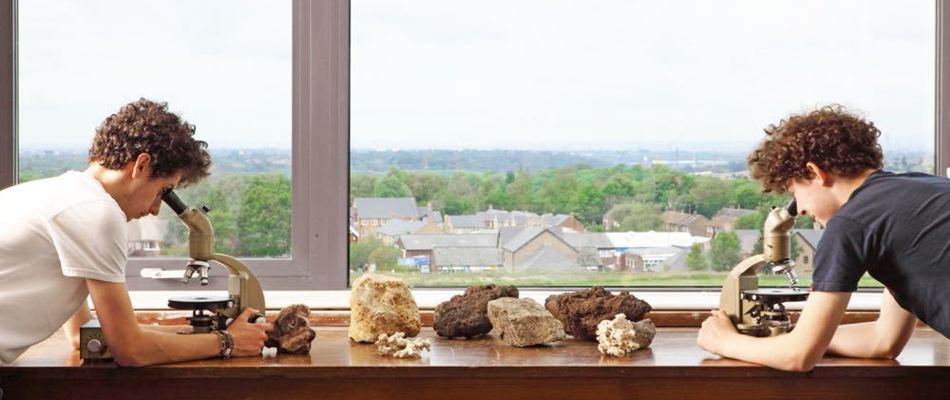Feedback to maximise progress and minimise teacher workload
Back
This piece was initially published on Deborah's Édu Flâneuse blog here.
Giving meaningful feedback to students is a key lever for improving student progress, and also a primary draw on teacher time. On the latest episode of my podcast, The Edu Salon, I discuss feedback with Professor Dylan Wiliam, including what feedback is most likely to be effective for student learning, and how feedback practices can address issues of teacher workload. Dylan reminds us that feedback is not to improve the work, but to improve the learner. It should not be a post-mortem dissection of past work, but rather provide understandable information about, and incite action towards, how to improve next time. For feedback to be effective, the student needs to engage with it, reflect on it, seek to understand it, and act on it.
Teachers employ a range of feedback strategies such as: marking and annotating student work; whole-class feedback through markers’ reports unpacking trends and patterns; marking keys showing what correct or good answers include; rubrics that describe what students can do and the next level of achievement; exemplars of student work to illustrate what good responses looks like; and videos of student practical or performed work for students to reflect upon. Teachers work towards provision and processes of feedback that allow students to do the thinking around feedback, rather than merely emotively reacting to a mark. This might be by protecting time for students to process and act on feedback, withholding marks until the student has acted on feedback, or providing opportunities for students to re-do tasks.
This week, I returned the marked mid-year examination to my Year 12 Literature class. This is a deliberately slow and intentional process that takes at least one lesson. First, I explain to students that what I am least interested in is the mark they received, and what I am most interested in is what they can learn in order to make improvements between now and their next exam. Then, the students receive the written reflection proforma, exam paper, and markers’ report (outlining the marking key and the whole-cohort feedback). Then, students reflect in writing about what they learned through their experience of revising, preparing for, and sitting the exam. For instance, was the exam paper what they expected? Were they adequately prepared? Were they familiar with the terminology and concepts of the questions? Did their exam strategy and time management work well, or would these benefit from adjustments? Next, students receive their annotated papers and build on their reflection. What were their strengths? On what could they improve? What could they do and what will they do between now and the next exam?
Once students have reflected as much as possible, shown me their reflection, and we have had a one-on-one conversation about their learnings and planned actions, they receive the rubrics that include their marks, as well as indicating where they went well and less well in addressing the criteria. They then complete their written reflection and upload a summary of what they did well, and what action they will take to improve. In the lessons following (and/or between lessons at other scheduled times), I make time to speak to each individual student about their understanding of the feedback, what they have done well, and how to best invest their time to improve. Students often re-write their least successful response, or set a plan for practising responses to questions and revising content.
Giving feedback, as important as it is, should be manageable for the teacher. In Western Australia, the curriculum authority is moving towards a rule of no more than eight assessments across the year (including examinations) for Year 11 and 12 courses. The move to fewer summative assessments is encouraging teachers to assess less, find alternate ways of gauging student understanding, and teach explicit revision strategies to support students being assessed on multiple topics studied over time, rather than topic by topic as they are taught and learned. (Also listen to the podcast episode for discussion of how to leverage students’ cognitive architecture to make the most of long term and working memory.) A bonus is that teachers and students feel less like they are hurtling from assessment to assessment, and more like time is spent learning, revisiting, and reflecting.
Fewer assessments for students to complete means fewer assessments to mark, and potentially more time for students to engage with feedback. Spending time on students working to understand feedback is crucial for student progress and also means that all the hard work teachers put into providing feedback is understood and utilised by the learner. In the podcast episode, Dylan discusses his suggestion that teachers do ‘four quarters marking’: about 25% marking in detail, 25% skim marking to inform teaching, 25% teacher-monitored student self-assessment, and 25% peer assessment. (You can read more about this approach in Carl Hendrick and Robin MacPherson’s 2019 book What Does This Look Like in the Classroom?) This is likely to be an approach that challenges traditional practices and expectations of students, parents, teachers, and school leaders. It is, however, a provocation that reminds us to consider how our feedback practices engage the student as self-regulated learner committed to continuous improvement. As Dylan says in the podcast episode: “Good feedback works towards its own redundancy.”
Dr Deborah Netolicky is a teacher at a large all-through private school in Australia and a researcher on teacher and leader professional development and school improvement.

